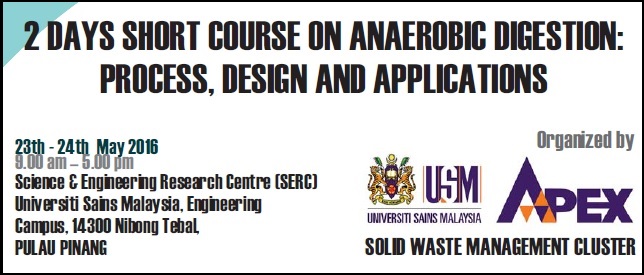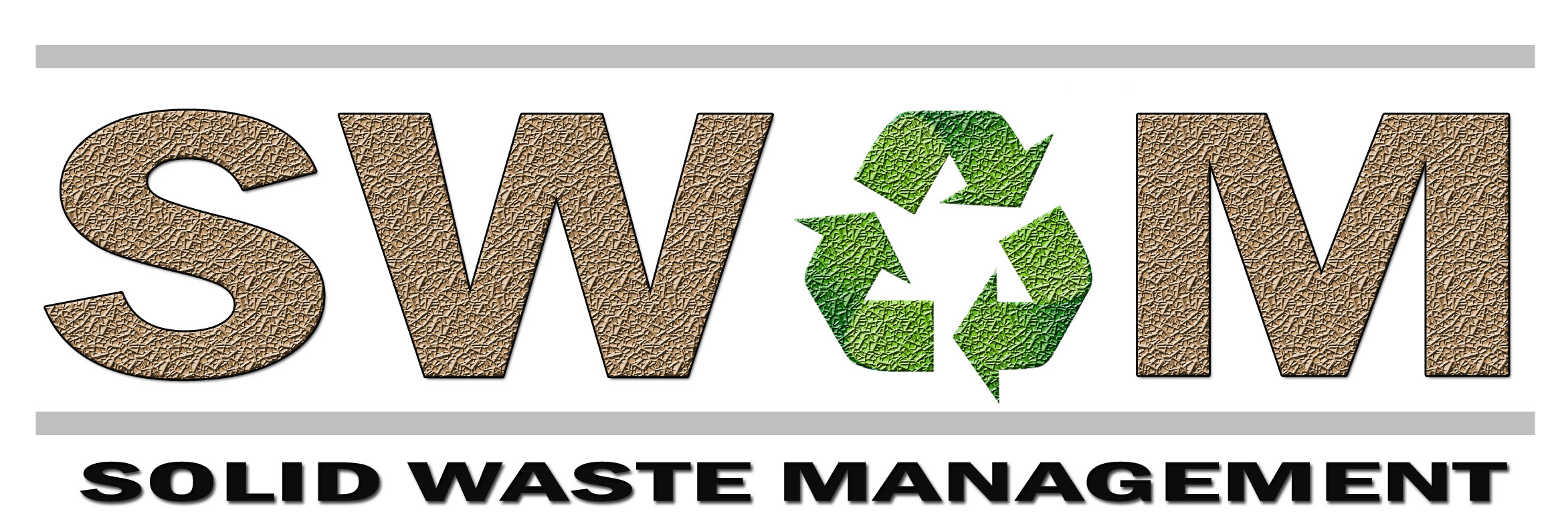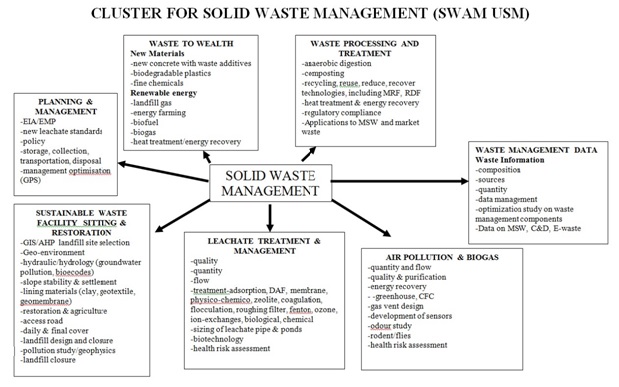About
BACKGROUND OF THE RESEARCH CLUSTER
The increase of solid wastes as function of population growth, swift urbanization and rapid industrialization, and booming economy has become global environment and public health challenges. Solid waste can be classified into different types depending on their source. In a broad spectrum, household waste is generally classified as municipal solid waste (MSW), industrial waste as hazardous waste, agricultural waste, biomedical waste or hospital waste, and e-waste. MSW is solid, other than emission or effluent, and is regarded as an inevitable, valueless by-product due to human activities, and is generated at a rate and discarded after use when no longer needed by the generator. In Malaysia, MSW generation has increased 3% annually due to urban migration, affluence and rapid development. In 2014, the amount disposed is 33,000 ton/day which is the same amount projected for the year 2020. Currently, domestic and municipal solid waste in Malaysia and many parts of the developing countries is disposed at designated dumping ground, either as controlled tipping or by open dumping. Very limited number of properly designed landfill is available in Malaysia. Most of the landfills are considered as dumping ground without proper environmental control. There are 261 landfills in Malaysia, and most of them are not properly designed.
Therefore, Municipal Solid Waste Management (MSWM) as an immediate importance has been considered by researchers and governments during past few decades. The deals with solid waste from the source of generation until its final disposal have been known as a term namely solid waste management, which includes all the operations and transformation of the solid waste. The municipalities are responsible for waste management in most cities around the world, which this management can be carried out at six functional elements: (1) waste generation; (2) handling, separation, storage, and processing at the source; (3) collection; (4) transfer and transport; (5) separation, processing and transformation; and (6) disposal.
The Waste Management Cluster at USM was formulated in 2006/2007. USM researchers within the cluster have contributed significantly to the scientific knowledge in relation to solid waste. The researchers have contributed in many ways to Malaysia and to society in general mainly through the impact of extensive knowledge in the field. Many quality papers have been published in various high-quality journals. Most of these papers received high citations. The number of research grants received, external and internal has been tremendous. The researchers have also been very active in consultancy works and have got a good networking, national and international. The areas shown in Figure 1 have been actively covered by many researchers from many disciplines within USM.





